Maximizing workspace in smaller environments is a common struggle, leaving many people feeling cramped and unproductive. The frustration of limited space can lead to discomfort and decreased efficiency. Small sit-stand desks are an innovative solution for optimizing your workspace and enhancing productivity. They allow you to alternate between sitting and standing, making the most of your workspace while promoting better health and efficiency throughout your day.
As remote work continues to rise in popularity, having functional and ergonomic solutions is more crucial than ever. A small workstation can transform your workspace by providing flexibility and promoting a healthier posture. Studies show that using a small sit stand desk can reduce sedentary time by up to 50%, leading to health benefits.
Small Sit-Stand Desks: Why Choose Them?
Choosing a small sit-stand desk is an excellent solution for anyone working in a compact space, whether at home, in a small office, or even in a corner of a larger room. These desks maximize functionality without overcrowding your workspace, making them perfect for smaller environments.
Their major benefit is their ability to improve posture and reduce the risk of chronic pain from prolonged sitting. Research indicates that alternating between sitting and standing during your workday alleviates back and neck discomfort.
These workstations provide the flexibility to adjust your position throughout the day, helping you maintain higher energy levels and better focus. With a compact design, they fit into any home office setup and offer all the ergonomic benefits of a traditional standing workstation without sacrificing valuable space.
Choosing the Right Small Sit-Stand Desk
The most common buyer’s mistake is purchasing a workstation without measuring their available space. An option that is too large can clutter your workspace, while one that is too small may not provide enough room for all your essential items.
Before buying, measure your workspace. Consider the width, the depth, and the available height range, if you plan to place your workstation under shelves or in tight corners.
Key Features to Consider
Ensure the desk can adjust to your height. The work surface should be at least 24” deep and 48” wide for standard use. Consider options with memory presets for easy adjustments if you often alternate between sitting and standing throughout the day.
Size and Adjustability
Choose a model with a height range of 28” to 48”. It accommodates most users, with adjustability allowing for sitting and standing positions. When selecting, check if the workstation’s height range fits your body’s needs (your elbows should be at a 90-degree angle when seated).
Weight Capacity and Stability
Select a solution that supports your equipment without compromising stability. Small sit-stand workstations have a weight capacity between 50 to 300 pounds. For models supporting multiple monitors or heavy equipment, aim for variants with a weight capacity of 150-300 pounds.
Mobility
For small spaces that double as multi-use areas, you might want to consider an option with wheels or one that is easy to move. A mobile sit-stand workstation will allow you to switch from a workstation to a meeting area or move the desk for cleaning. If working in a shared environment, portability can provide much-needed flexibility without sacrificing functionality.
Popular Small Sit-Stand Desk Options
When choosing a workstation, understand the differences between electric and manual models to find the best fit:
Electric vs. Manual Adjustments
Electric sit-stand models allow for quick adjustments at the touch of a button. It makes them ideal for remote workers, freelancers, or anyone who frequently switches between sitting and standing. These desks are helpful if you spend long hours at your desk and need to adjust height smoothly throughout the day. However, they tend to come with a higher price tag.
Manually adjusted workstations, on the other hand, are a more affordable option and work well for individuals who do not need frequent height adjustments. Home office workers or students who use the desk less often may find manual desks the perfect budget-friendly option. While manual desks require some physical effort to adjust, they are reliable and long-lasting.
Price Considerations
Electric desks usually range from $300 to $800, depending on the brand, features, and size. While they may seem more expensive, the convenience and ease of use could be worth the investment, especially for individuals with ergonomic concerns or those who use their desks for long hours each day.
Manual desks are priced between $150 and $400, making them an attractive option for budget-conscious buyers. The trade-off here is that while manual desks are more affordable, they may require more effort to adjust, which could be a drawback for those who prefer a smoother transition between sitting and standing.
Setting Up a Compact Workspace
A small sit-stand desk requires an efficient and thoughtful layout to ensure you make the most of your compact space.
- Position your desk near a corner or wall to minimize distractions and save space. Incorporate vertical storage solutions, such as shelves, to keep essentials within arm’s reach while maintaining an uncluttered, organized workspace.
- Accessories like keyboard trays and adjustable monitor arms are great space savers. A keyboard tray keeps your wrists in a neutral position and frees up valuable desk space. Adjustable monitor arms allow you to position your screen at eye level, which helps reduce strain on your neck and back.
- With a small desk, cables can quickly create clutter. Use cable trays, clips, or a cable management box to keep wires organized and out of sight. It will help you maintain a professional look and prevent tripping hazards.
- Keep your monitor at least an arm’s length away, with the top of the screen at or below your eye level. Your keyboard should be at a height that allows your elbows to be at a 90-degree angle when typing.
Investing in a small sit-stand desk can enhance your workspace’s functionality and comfort. With the best setup, you will enjoy better health, productivity, and satisfaction in your work environment. Explore the available options today to find the perfect fit for your compact workstation! For the Silo, Anna Melnikova.
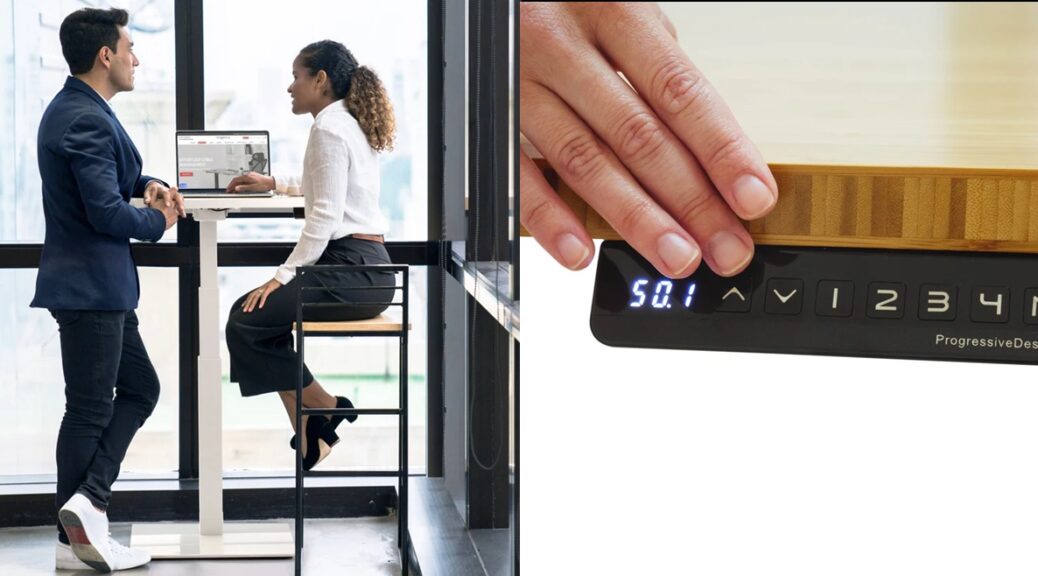


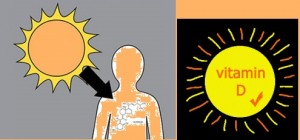




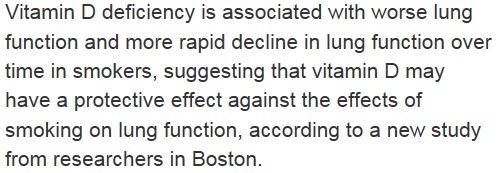





 The thing I am so happy about too, my family and friends have told me that my mood is so much better and I’m not suffering from these severe mood swings or, really depression from having to deal with all these horrible symptoms that go on. I can actually have a somewhat normal life.
The thing I am so happy about too, my family and friends have told me that my mood is so much better and I’m not suffering from these severe mood swings or, really depression from having to deal with all these horrible symptoms that go on. I can actually have a somewhat normal life.


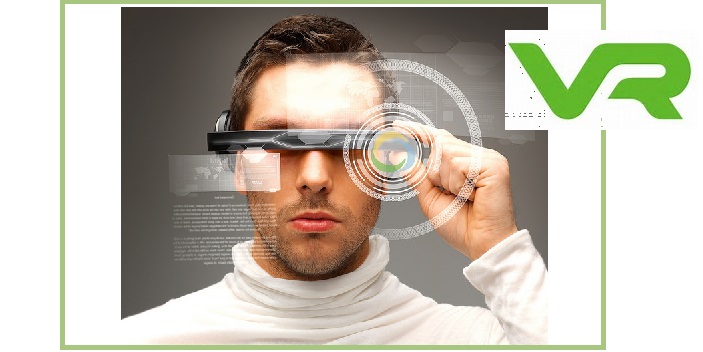
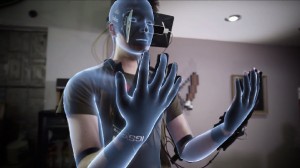 The implications of what Virtual Reality can achieve are vast, and it is predicted that VR will seep into every area of our lives in the very near future. VR is not just a concept that excites the entertainment business, but has a very real presence in some of the world’s most essential industries. However, many people remain skeptical about the impact virtual reality will actually have and suggest that it is only an attractive concept for gamers. Although it is true that VR is a fantastic way to improve online gaming, it has already been used in the medical and manufacturing industries, proving that virtual reality is
The implications of what Virtual Reality can achieve are vast, and it is predicted that VR will seep into every area of our lives in the very near future. VR is not just a concept that excites the entertainment business, but has a very real presence in some of the world’s most essential industries. However, many people remain skeptical about the impact virtual reality will actually have and suggest that it is only an attractive concept for gamers. Although it is true that VR is a fantastic way to improve online gaming, it has already been used in the medical and manufacturing industries, proving that virtual reality is  Entertainment
Entertainment